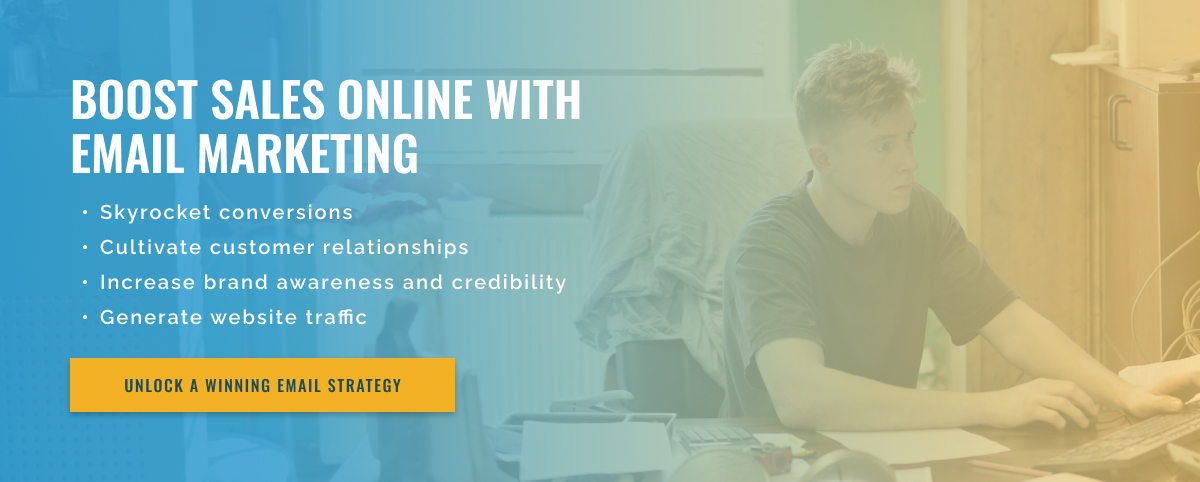3 minute read
Accessible Email Designs: Tips to Engage All Recipients
Email marketing has become one of the most effective ways for companies to reach audiences and promote their products or services. However, when it comes to designing emails for marketing purposes, most companies focus more on visual elements and less on accessibility to all audiences. This can be a serious disadvantage because it excludes a significant portion of the audience who may have accessibility needs. In this blog post, we’ll discuss steps you can take to optimize your email design for accessibility so that all recipients can easily interact with your content.
1. Use a clear and concise subject line: The subject line is the first thing recipients see when they receive your email. It’s important to be clear and concise so people know what your email is about before they open it. Avoid using vague or cryptic subject lines as this may confuse some audiences, especially those using assistive technology.
2. Select the appropriate font and size: While it may be tempting to use beautiful and decorative fonts to make your emails look attractive, they may be difficult for some people to read. Stick to simple sans-serif fonts like Arial or Verdana, and make sure you use a font size of at least 14 pixels to be readable by all audiences.
3. Use alt text for images: Many email clients and web-based email services do not automatically display images. This means that people with visual impairments will not be able to see the images in the email. To make your images accessible, use alt text to describe the image to your audience. This means that anyone, regardless of their visual skills, will be able to understand and engage with your email content.
4. Keep your email layout simple: Avoid using complex layouts that may be difficult for some audiences to navigate. Make sure the e-mail layout is simple and the information flows logically. Use headings and subheadings to break up the text and make it more readable. This benefits not only visually impaired recipients, but also people with cognitive disabilities or dyslexia.
5. Test your email for accessibility: Before you send your email, it’s important to test it for accessibility. You can use tools like WAVE or Litmus to check for accessibility issues in your email design. These tools will point out any problems and suggest ways to solve them.

